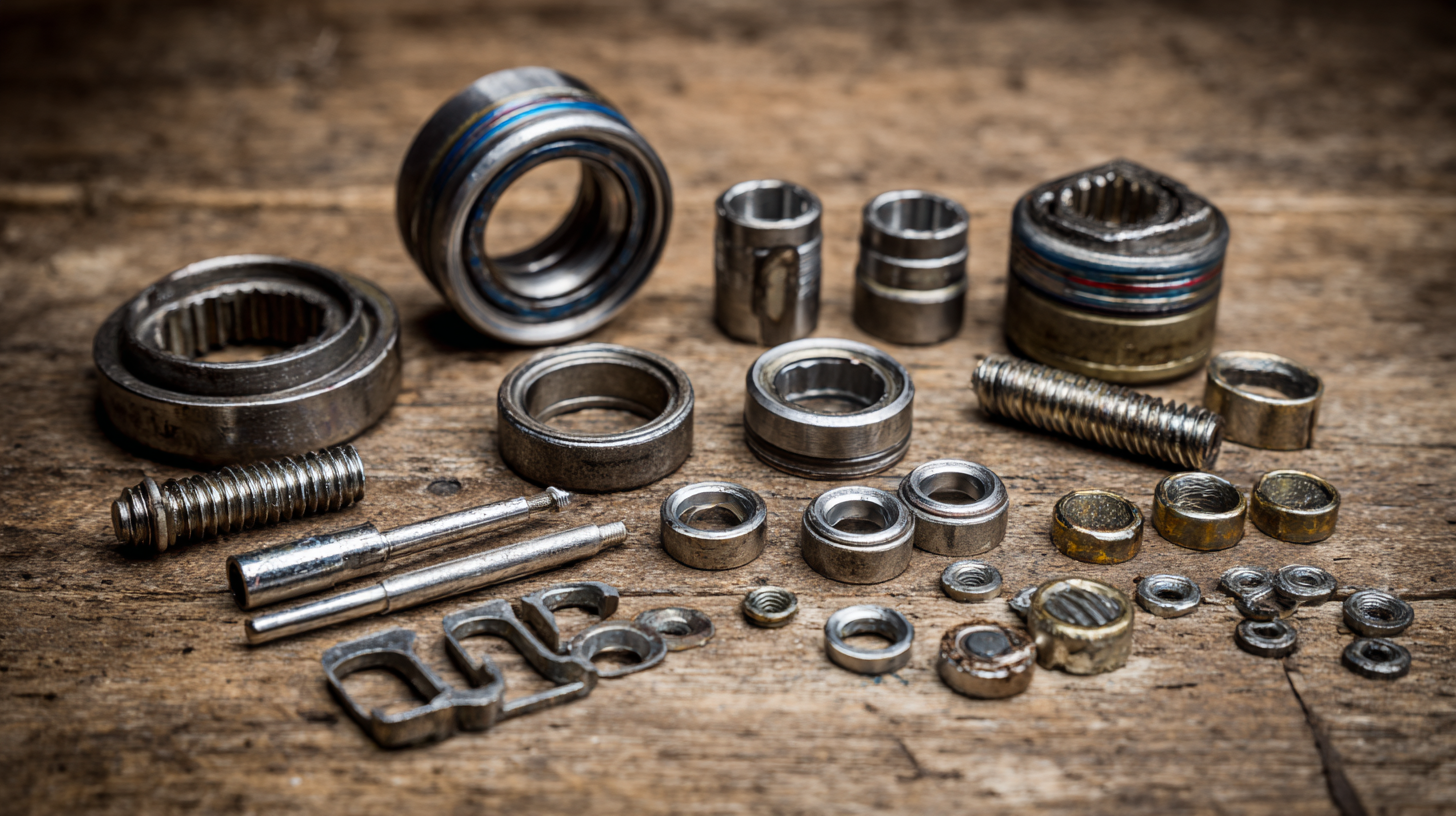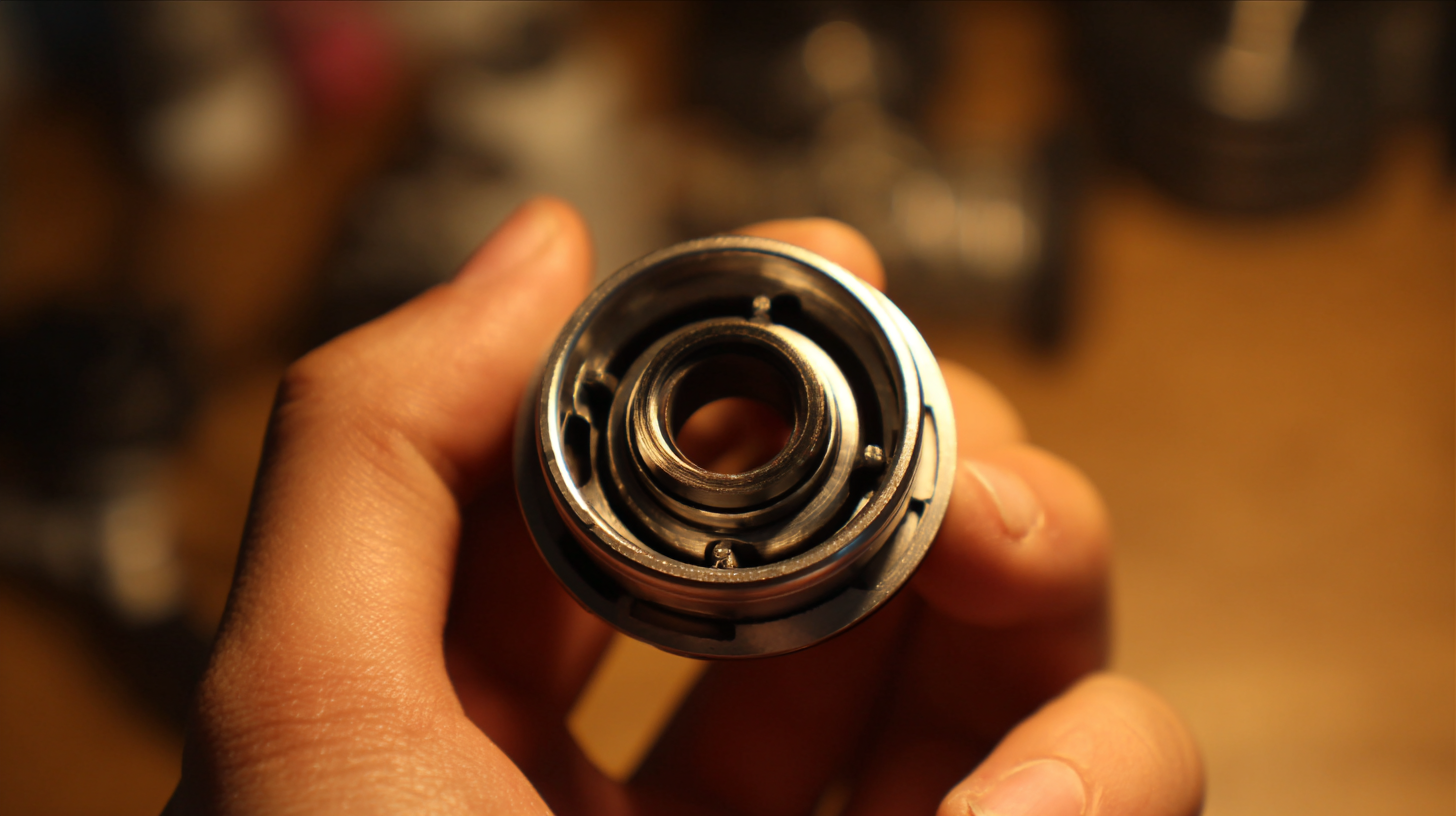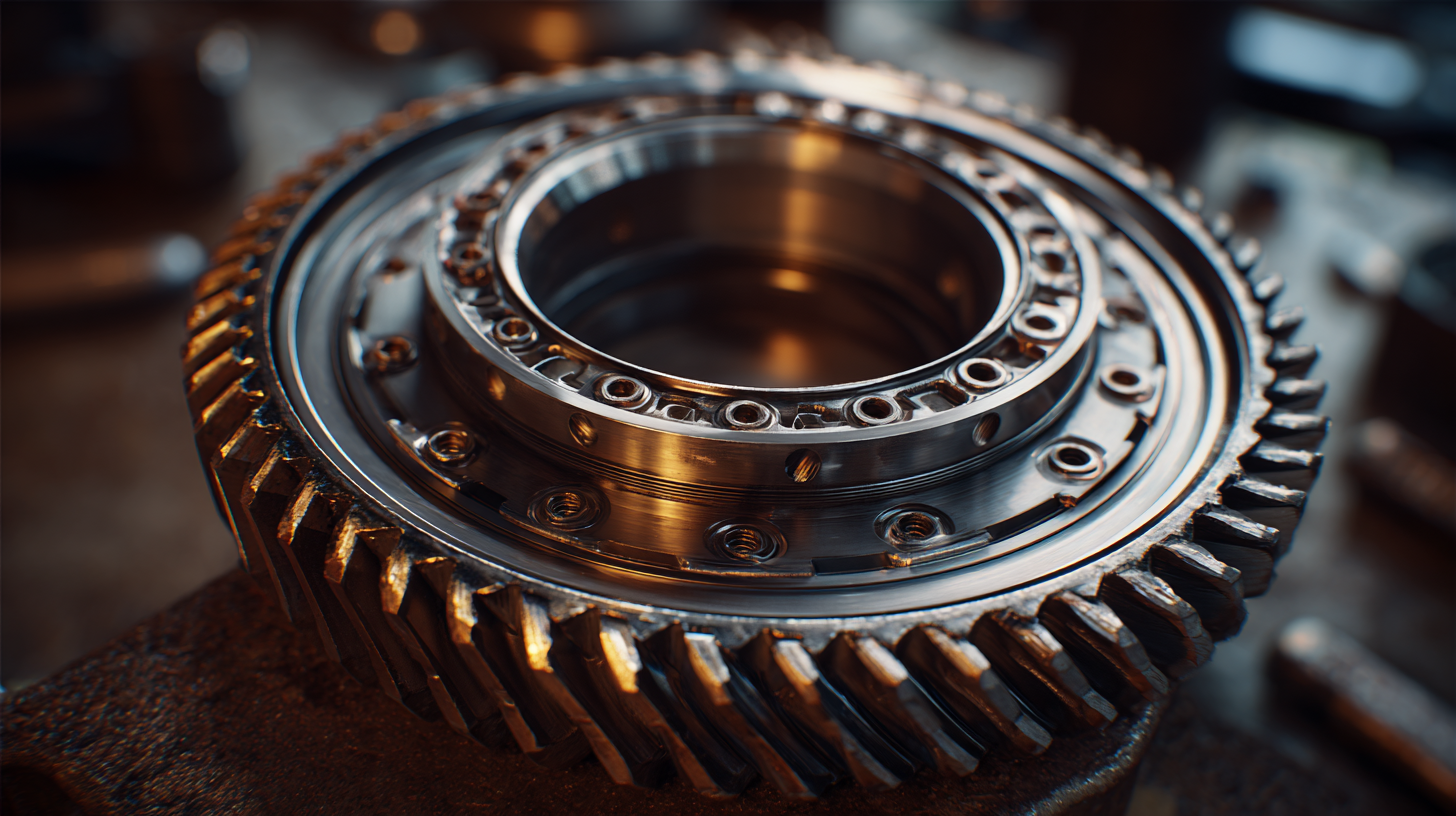
-
Home
-
Products
-
Industrial Bearings
-
Deep Groove Ball Bearings
-
Self-Aligning Ball Bearings
-
Angular Contact Ball Bearings
-
Cylindrical Roller Bearings
-
Taper Roller Bearings
-
Spherical Roller Bearings
-
Bearing housing or Accessories
-
Miniature Bearing
-
Thrust ball bearing
-
Radial Spherical Plain Bearing
-
Pillow Block Bearing
-
Needle Roller Bearings
-
-
Automotive Bearings
-
Agricultural Bearings
-
Special Material Bearings
-
-
Industry Application
-
About Us
-
News
-
Contact Us
Leave Your Message
-
Phone
-
E-mail
-
Whatsapp





 When it comes to bearing removal, preventing damage is paramount. Improper techniques during this process can lead to significant damage not only to the bearing but also to the surrounding components. According to industry reports, nearly
When it comes to bearing removal, preventing damage is paramount. Improper techniques during this process can lead to significant damage not only to the bearing but also to the surrounding components. According to industry reports, nearly